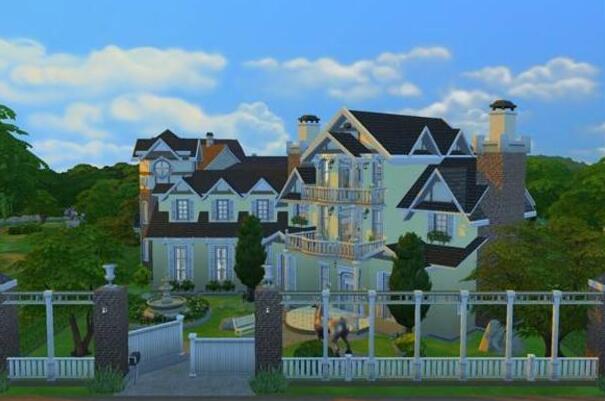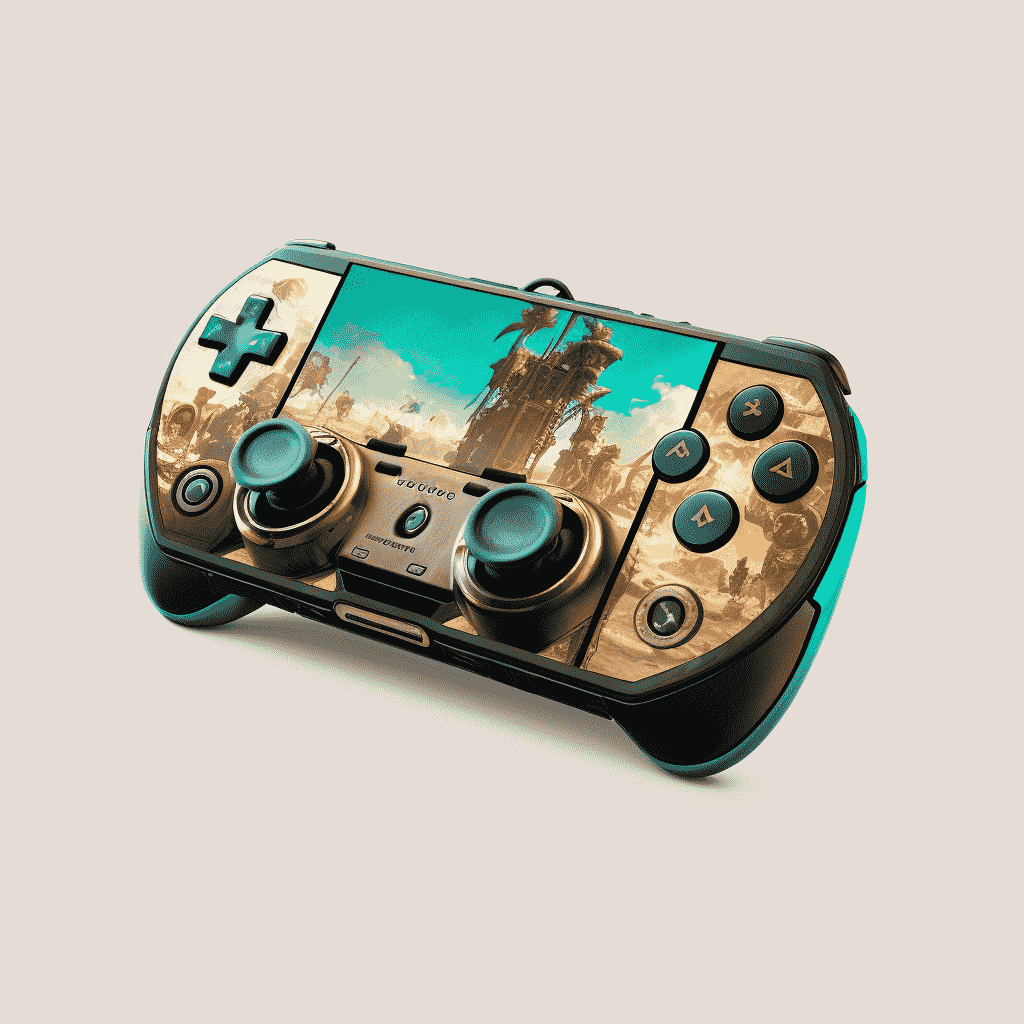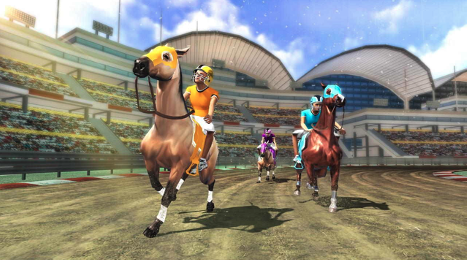A comparison between the Nintendo Switch and Wii U version of The legend of Zelda: Breath of the Wild have popped up. The difference between the two versions when it comes to core specs are minimal, other than that the Switch runs at 900p and has slightly more improved bilinear texture filtering than the Wii U, and the Wii U runs at 720p. Both target 30fps.
What’s surprising is that both versions of the game dip down into the 20s at odd times (though more odd for the Switch than the Wii U). The dip forces the game to hard-lock at specific intervals, so if the Wii U is struggling at a section it’ll lock it at 20fps until it can stabilize at 30fps. And the same applies to the Switch.
The odd thing here is that the dips for the Wii U version of Legend of Zelda: Breath of the Wild are actually sensible comparable to what’s happening on screen, as described in the comparison video below via Digital Foundry.
So why is it odd? Because the scenes that caused the Wii U to dip down to 20fps were not the same for the Switch. However, the Switch did dip down into the 20fps range but not during hot and heavy or processor-straining scenarios. The dip came during standard walking and running up and down some hills while absolutely nothing was going on on-screen.
Digital Foundry points out that this could be due to the way Nintendo ported the game over to the Switch and how they make use of the RAM in order to stream in content. However, they don’t exactly have an answer for this.
Users in the comment section do point out that the Wii U version of Legend of Zelda: Breath of the Wild takes a nasty dive in frame-rate during busier segments of the gameplay, and while moving around in town.
So far there haven’t been major reports about the Switch dipping below 20fps like the Wii U version of the game, but Digital Foundry has plans on testing the more intensive areas of The Legend of Zelda: Breath of the Wild at a later date. The game is available right now for both Wii U and the Nintendo Switch.










